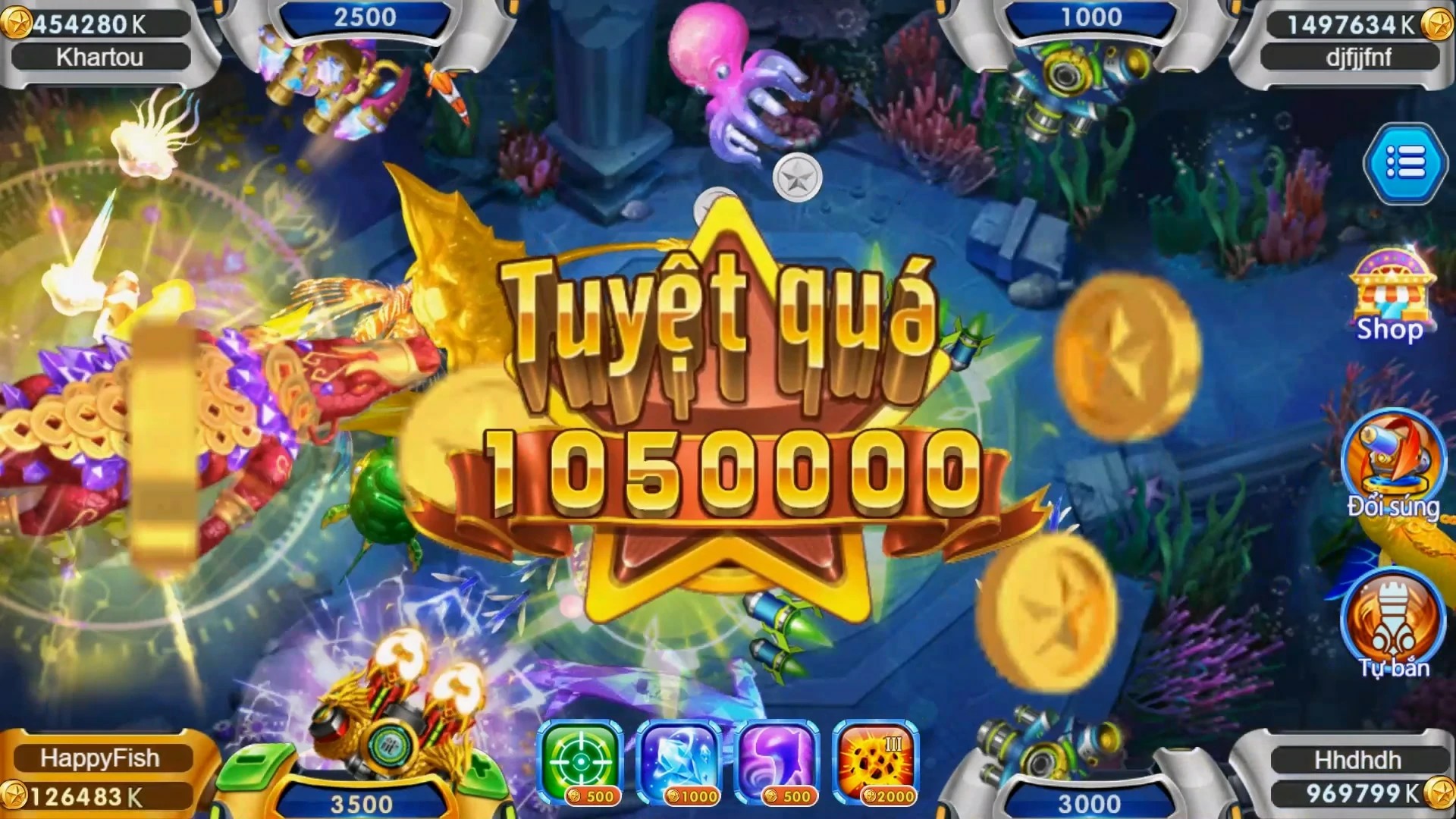How Hyper Casual Games are Transforming the RPG Game Landscape
The gaming industry is in a constant state of evolution. With the rise of hyper casual games, we are witnessing a paradigm shift in how players engage with title platforms, especially RPG (role-playing games). This article takes a dive into the transformative nature of these games and how they are reshaping the RPG landscape.
What are Hyper Casual Games?
Hyper casual games are typically characterized by their simple mechanics and minimalistic design. They are easy to pick up and play but offer a breadth of engagement that keeps players coming back for more. Titles like Helix Jump and Paper.io exemplify this genre, easily attracting a vast audience looking for quick entertainment without the steep learning curves often associated with traditional RPGs.
The Connection Between Hyper Casual and RPG Games
Despite their differences, hyper casual games are finding common ground with RPGs. Here are some key ways this is happening:
- Accessibility: Hyper casual games lower the barrier to entry. New gamers who might find traditional RPGs daunting can experiment with these simplified mechanics before diving into deeper narratives.
- Social Integration: Many hyper casual games incorporate social elements, such as sharing scores or playing with friends, fostering community. This social aspect can be a valuable addition to RPGs, which thrive on player interaction and collaboration.
- Short Play Sessions: Casual gamers often prefer shorter gameplay experiences. This trend encourages RPG developers to create bite-sized segments that can easily fit into a busy lifestyle.
Impacts on RPG Game Design
The influx of hyper casual gaming is challenging RPG designers to rethink their strategies:
| Design Aspect | Traditional RPG | Hyper Casual Influence |
|---|---|---|
| Gameplay Length | Hours to complete | 20-30 min sessions |
| Complexity | Multi-layered mechanics | Simple and engaging |
| Storylines | Rich, woven narratives | Light, episodic narratives |
Challenges Presented by Hyper Casual Games
While the integration of hyper casual elements into RPGs brings fresh perspectives, it also presents challenges:
- Monetization: Developers often rely on in-depth experiences for revenue generation. A quick playstyle may dilute potential earnings.
- Player Engagement: Keeping players invested in a storyline can be tough when they’re accustomed to rapid-fire, bite-sized play.
- Quality vs. Quantity: Ramsay's Law points to the balance required; the rise of easy-to-produce titles could overwhelm players with mediocrity.
Conclusion
In conclusion, the fusion of hyper casual games with traditional RPG structures is undoubtedly revolutionizing the gaming landscape. As developers adapt to encompass these influences, they'll need to embrace new strategies while ensuring they maintain the rich storytelling and immersive experiences that RPG enthusiasts cherish. The competition between the two genres isn't a matter of one vs. the other—it’s an opportunity for innovative collaboration.
This transition is not without its hurdles, but the potential for growth and evolution is immense. The question is, are we ready for the changes ahead?



